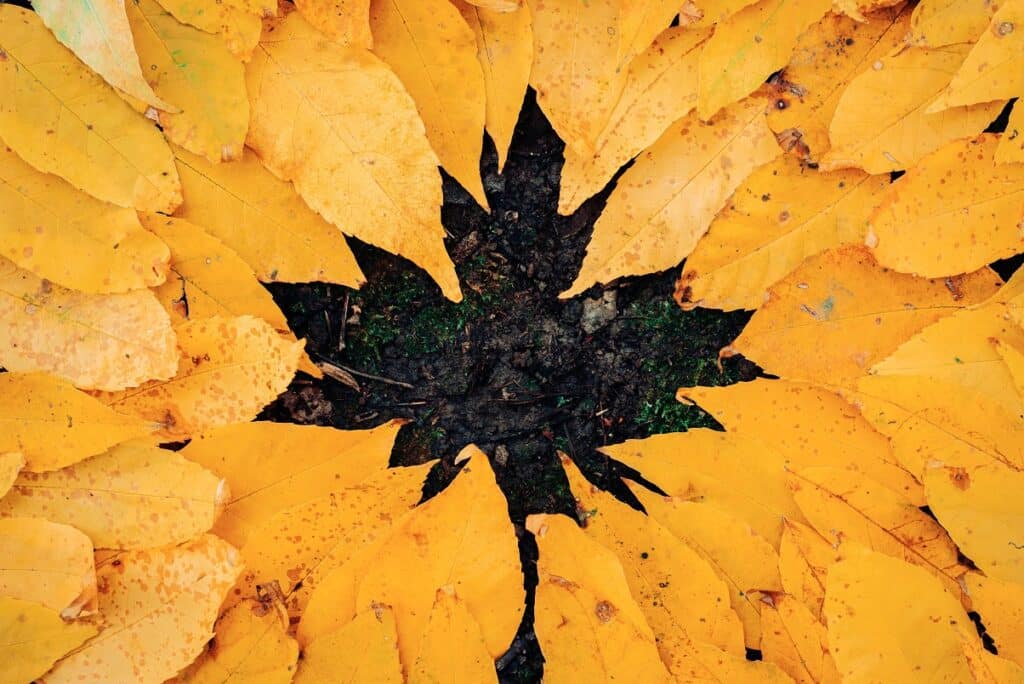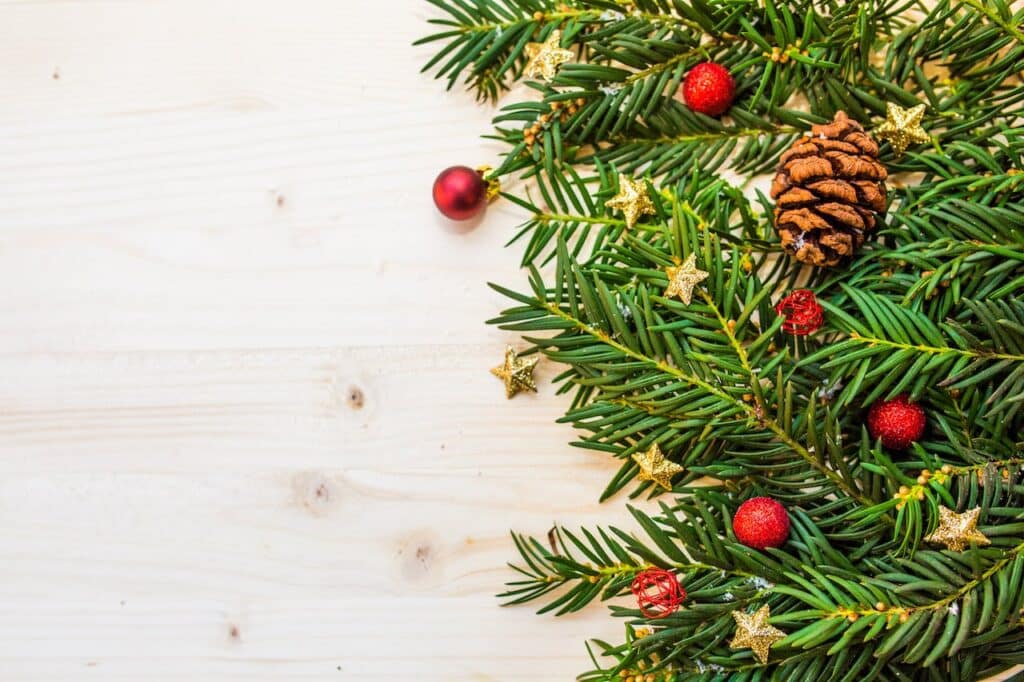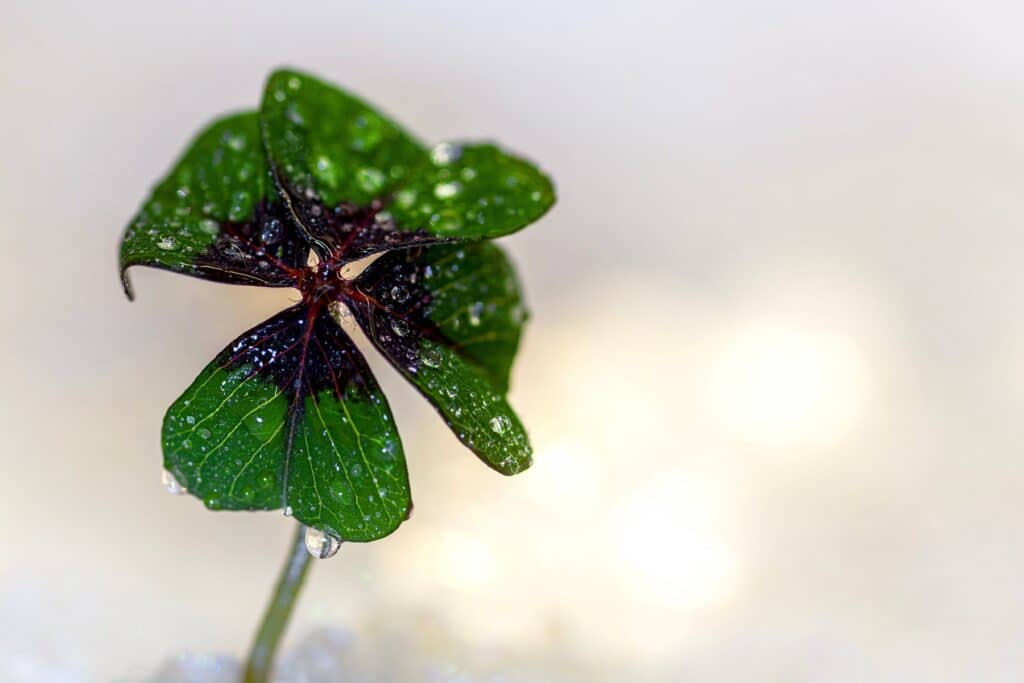Elevate your indoor plant care with our step-by-step guide on how to make good soil for indoor plants?. Learn how to make the perfect indoor plant soil for vibrant, healthy houseplants that thrive in any space
You adore having beautiful indoor plants in your home, but keeping them healthy and thriving can sometimes be a challenge. That’s where the ultimate guide on how to make good soil for indoor plants! Whether you’re a seasoned plant parent or just starting your green thumb journey, this guide will provide you with valuable insights and practical tips on how to create the perfect soil for your beloved houseplants.
From understanding the importance of soil composition to learn the best ingredients to include, this guide has got you covered. Say goodbye to wilting leaves and hello to vibrant, thriving indoor plants!
Understanding the Importance of Good Soil
The Role of Soil in Indoor Plant Growth
Good soil is essential for the healthy growth of indoor plants. It provides the necessary support for the roots, allows for proper water drainage, and holds essential nutrients that plants need to thrive. Without good soil, indoor plants may struggle to grow and can even become susceptible to diseases and pests.
Common Issues with Indoor Plant Soil
When it comes to indoor plant soil, there are a few common issues that plant owners may encounter. One of the most common problems is poor drainage, which can lead to overwatering and root rot. Additionally, compacted soil can restrict root growth and prevent plants from accessing vital nutrients. Another issue is pH imbalance, as some plants prefer acidic soil while others require alkaline conditions.
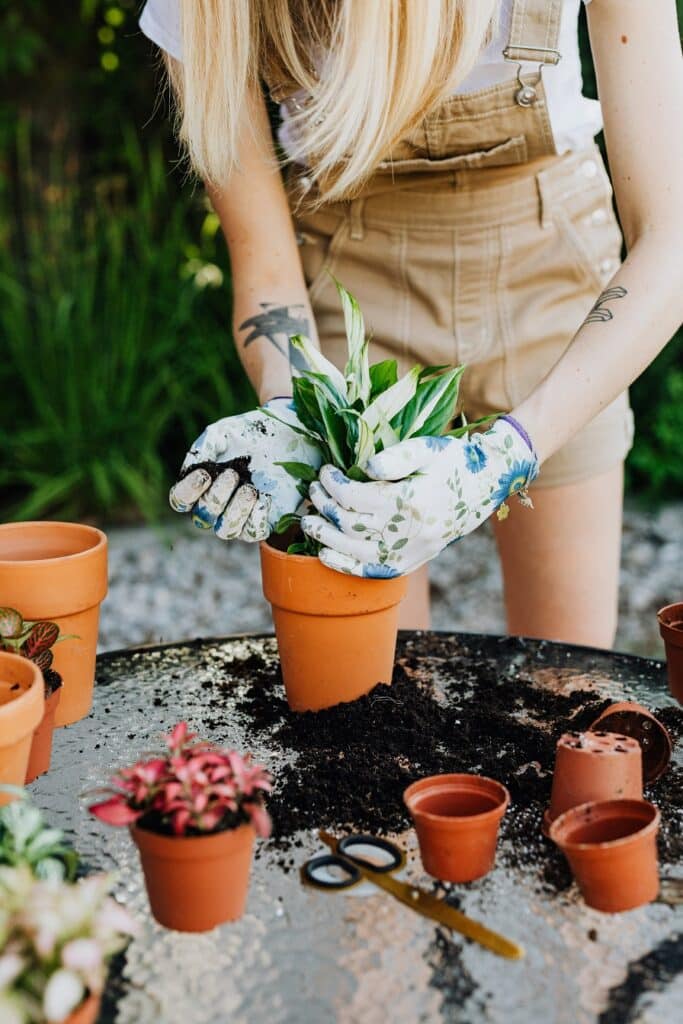
Benefits of Using Good Soil for Indoor Plants
Using good soil for indoor plants has several benefits. It promotes healthy root development, allowing plants to absorb water and nutrients efficiently. Good soil also allows for proper aeration, preventing the risk of root suffocation. Additionally, high-quality soil can help prevent nutrient deficiencies and enhance overall plant growth and vitality. By providing optimal conditions, good soil sets the foundation for successful indoor gardening.
Determining the Right Soil Composition
Understanding the Different Soil Components
Soil is composed of various components, each of which plays a crucial role in plant growth. The main components include minerals, organic matter, water, and air. Minerals, such as sand, silt, and clay, determine the soil’s texture. Organic matter, such as decomposed plant material and animal waste, adds nutrients and improves soil structure. Water is necessary for plant hydration, while air provides oxygen for root respiration.
Ideal pH Levels for Indoor Plant Soil
pH levels measure the acidity or alkalinity of the soil. Different plants thrive in different pH ranges, so it’s crucial to determine the ideal pH level for your indoor plants. Most indoor plants prefer slightly acidic to neutral soil, with a pH range between 5.5 and 7. To ensure the best growth and nutrient availability, regularly monitor and adjust the pH of your indoor plant soil.
Choosing the Right Soil Texture
The texture of soil refers to the relative proportions of sand, silt, and clay particles. Each type of soil texture has its advantages and disadvantages. Sandy soil drains quickly but can struggle to retain nutrients. Clay soil, on the other hand, retains moisture but may become compacted. Silt soil has a balanced texture, combining the benefits of both sandy and clay soils. Choosing the right soil texture depends on the specific needs of your indoor plants and the level of moisture retention required.

Choosing the Best Soil Mix for Indoor Plants
Commercial Potting Mixes vs. Homemade Mixes
When selecting soil for your indoor plants, you have the option of using commercial potting mixes or homemade mixes. Commercial potting mixes are convenient and readily available, but they may contain additives or synthetic materials. Homemade mixes offer greater control over the ingredients and can be tailored to suit specific plant requirements. Whichever option you choose, ensure that the soil is well-draining, nutrient-rich, and appropriate for the type of indoor plants you are growing.
Popular Soil Mixes for Indoor Plants
Popular soil mixes for indoor plants often include a combination of ingredients such as peat moss, perlite, vermiculite, and compost. Peat moss retains moisture while providing essential nutrients, while perlite and vermiculite offer excellent drainage and aeration. Compost adds organic matter and beneficial microorganisms to the soil, promoting healthier plant growth. These mixes can be adjusted to suit different plant species and their specific needs.
Tailoring Soil Mixes to Specific Indoor Plants
Different indoor plants have different soil requirements. Some plants prefer well-draining soil, while others thrive in moisture-retentive soil. Research the specific needs of your indoor plants and tailor the soil mix accordingly. For example, succulents and cacti thrive in sandy soil with excellent drainage, while ferns prefer a mix with higher moisture content. Understanding your plant’s preferences will help you create the ideal soil mix for successful growth.
Enhancing Drainage and Aeration
The Importance of Drainage for Indoor Plants
Proper drainage is vital for indoor plant health. When excess water cannot drain properly, it can lead to root rot and ultimately harm the plant. Adequate drainage ensures that excess water flows out of the pot, preventing waterlogged soil and maintaining healthy root function. By creating well-draining soil, you can avoid the risk of overwatering and provide the optimal conditions for your indoor plants to thrive.
Improving Drainage in Indoor Plant Soil
To improve drainage in indoor plant soil, there are several techniques you can implement. First, choose a soil mix with good draining properties, such as one that includes perlite or vermiculite. Additionally, consider adding a layer of gravel or small rocks at the bottom of the pot to create a drainage reservoir. This will prevent the roots from sitting in standing water. Finally, ensure that your pots have drainage holes so that excess water can escape freely.
Aeration Techniques for Optimal Root Health
Aeration is crucial for the overall health and vitality of indoor plants. It allows oxygen to reach the plant’s roots and facilitates root respiration. To enhance aeration, mix in perlite or vermiculite into the soil. These lightweight materials create air pockets, promoting better airflow within the soil. Regularly loosening the soil surface with a fork or gently tapping the pot can also help to break up compacted soil and improve aeration.

Adding Organic Matter for Nutrient-Rich Soil
The Role of Organic Matter in Indoor Plant Soil
Organic matter plays a vital role in indoor plant soil as it provides essential nutrients that plants need to grow. It improves soil structure, enhances water retention capabilities, and promotes the growth of beneficial microorganisms. Adding organic matter to your indoor plant soil not only feeds the plants but also creates a healthy environment that supports overall plant health.
Benefits of Compost in Indoor Plant Soil
Compost is a valuable source of organic matter for indoor plant soil. It is rich in essential nutrients and beneficial microbes that promote plant growth. Adding compost to your soil mix improves nutrient availability, water retention, and soil structure. Compost also helps create a favorable environment for beneficial soil organisms, which aid in breaking down organic matter and releasing nutrients that plants can absorb.
Using Worm Castings and Manure
Worm castings and manure are additional sources of organic matter that can benefit indoor plant soil. Worm castings are rich in nutrients and beneficial microorganisms, making them an excellent soil amendment. They help improve soil structure, increase nutrient availability, and enhance water-holding capacity. Manure, when properly composted, enriches the soil with essential nutrients while providing organic matter for increased microbial activity.
Balancing Nutrients in Indoor Plant Soil
Understanding Essential Plant Nutrients
Indoor plants require specific nutrients for healthy growth. The primary macronutrients include nitrogen (N), phosphorus (P), and potassium (K). Nitrogen promotes leaf and stem growth, phosphorus supports root development, flower production, and fruiting, while potassium aids in overall plant health and disease resistance. In addition to these macronutrients, plants also require various micronutrients, such as iron, manganese, and zinc, in smaller quantities.
Common Nutrient Deficiencies in Indoor Plants
Nutrient deficiencies can occur if the indoor plant soil lacks essential elements. Some common signs of nutrient deficiencies include yellowing or browning leaves, stunted growth, and poor flowering. For example, yellow leaves typically indicate a nitrogen deficiency, while purple or reddish leaves often indicate a phosphorus deficiency. Micronutrient deficiencies can manifest as interveinal chlorosis, where the veins remain green while the leaf tissue turns yellow.

Using Fertilizers and Amendments
To balance the nutrient levels in indoor plant soil, fertilizers and amendments can be used. Fertilizers come in various forms, such as granular, liquid, or slow-release pellets, and provide an immediate source of nutrients. Organic fertilizers, such as compost or worm castings, release nutrients gradually over time. It’s important to read the instructions and follow the recommended application rates to avoid over-fertilization, which can harm the plants.
Controlling Soil Moisture Levels
The Significance of Proper Soil Moisture
Proper soil moisture levels are essential for indoor plant health. Overwatering can lead to root rot, while underwatering can cause wilting and stress. Achieving the right balance is crucial to ensure optimal plant growth. Each plant species has different moisture requirements, so it’s essential to understand your specific indoor plants’ needs and adjust watering practices accordingly.
Watering Techniques for Indoor Plants
When watering indoor plants, it’s important to follow a few best practices. Firstly, allow the soil to dry out between waterings, as most indoor plants prefer slightly dry conditions. Before watering, check the moisture level by sticking your finger about an inch into the soil. If it feels dry, it’s time to water. Use room temperature water and thoroughly wet the soil until it starts to drain out of the bottom of the pot. Avoid watering too frequently or allowing the plants to sit in standing water.
Monitoring and Adjusting Soil Moisture Levels
Regularly monitor the moisture levels in your indoor plant soil to ensure they remain within the desired range. Keep in mind that specific plant species may require different moisture levels, so it’s crucial to understand the needs of each plant. Using a moisture meter or closely observing the plant’s visual cues can help determine when it’s time to water. Adjust watering frequency and volume as needed to maintain optimal soil moisture levels.
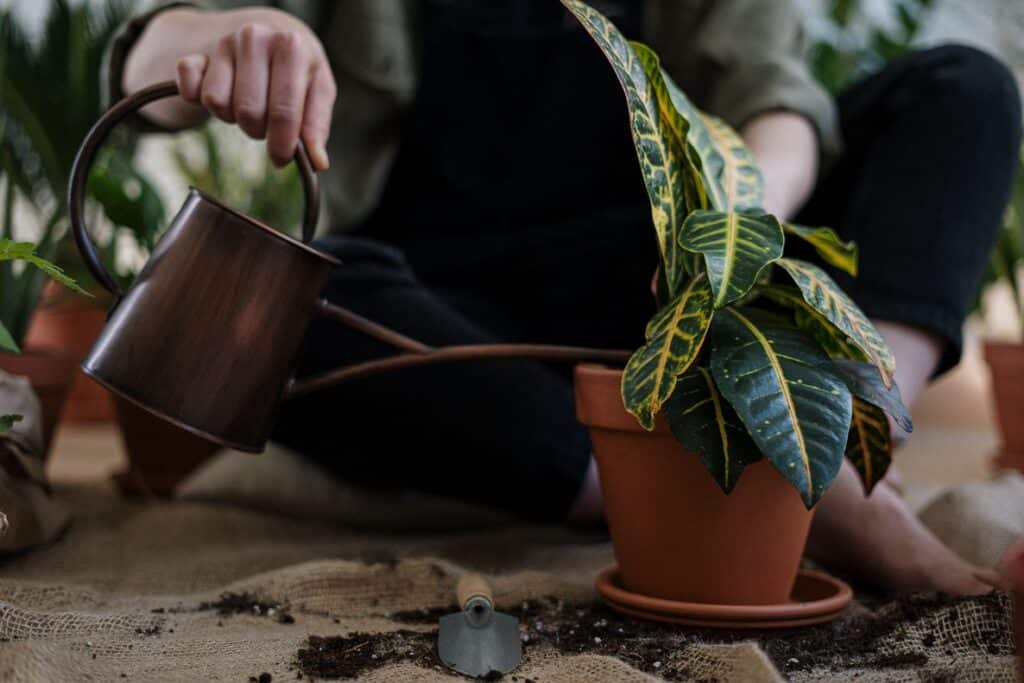
Dealing with Soil Pests and Diseases
Identifying Common Soil Pests in Indoor Plants
Indoor plants can be susceptible to various soil pests. Common pests include fungus gnats, root aphids, and springtails. Fungus gnats are small flies that lay their eggs in moist soil and their larvae feed on organic matter and plant roots. Root aphids are tiny insects that infest the roots and weaken the plant. Springtails are small arthropods that thrive in damp soil and can damage young seedlings. Identifying these pests early is crucial for effective control.
Preventing and Managing Soil Pest Infestations
To prevent and manage soil pest infestations, there are several strategies you can employ. Firstly, avoid overwatering or allowing excess moisture in the soil, as this creates a favorable environment for pests. Ensure proper drainage and aeration to discourage fungus gnat larvae and other pests. Additionally, consider using organic pest control methods such as neem oil, beneficial nematodes, or sticky traps. Regularly inspect your indoor plants and take immediate action if any signs of pest infestation are detected.
Recognizing and Treating Soil Diseases
Soil diseases can pose a threat to indoor plant health and vitality. Common soil-borne diseases include root rot, damping-off, and Pythium blight. Root rot occurs due to overwatering or poor drainage, leading to the decay of the plant’s roots. Damping-off is a fungal disease that affects young seedlings, causing them to wilt and die. Pythium blight is another fungal disease that causes root and stem rot. To treat soil diseases, it’s important to remove infected plants, improve soil drainage, and consider using disease-resistant plant varieties.
Repotting Indoor Plants
When and Why to Repot Indoor Plants
Knowing when and why to repot indoor plants is key to their continued growth and health. Repotting is typically necessary when the plant outgrows its current pot or when the soil becomes depleted of nutrients. Signs that a plant may need repotting include roots growing through drainage holes, stunted growth, or water consistently running through the pot without being absorbed. Repotting allows for fresh soil, increased root space, and renewed access to nutrients, promoting healthier growth.
Choosing the Right Pot Size and Material
Choosing the right pot size and material is crucial for successful repotting. Select a pot that is one to two sizes larger than the plant’s current pot to allow for root expansion. Ensure that the pot has drainage holes to prevent waterlogged soil. When it comes to pot materials, options include plastic, ceramic, or terracotta. Plastic pots are lightweight and retain moisture well, while ceramic and terracotta pots are heavier but offer better airflow and drainage.
Steps for Successful Repotting
To repot your indoor plants successfully, follow these steps. First, prepare the new pot by adding a layer of fresh soil at the bottom. Carefully remove the plant from its current pot, loosening the roots if necessary. Place the plant in the new pot and add fresh soil around the roots, ensuring that the plant remains at the same depth as before. Gently press the soil to remove air pockets and water thoroughly. Finally, allow the plant to settle in a suitable location and monitor its growth and health post-repotting.
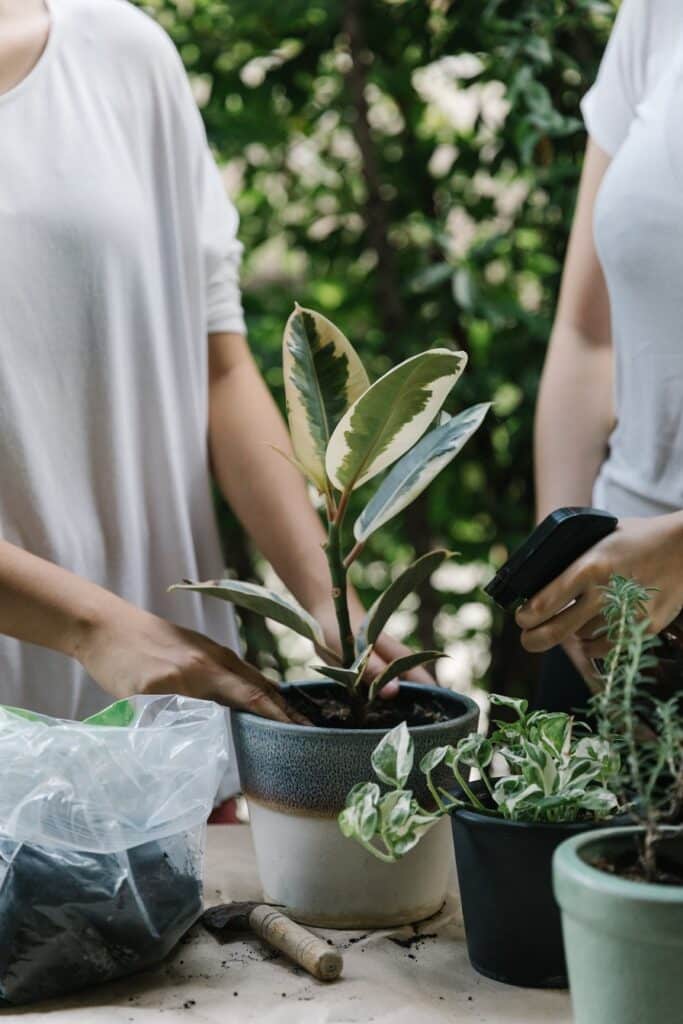
Maintaining and Improving Soil Health
Regular Soil Inspections and Maintenance
Regular inspections and maintenance are essential for maintaining and improving soil health. Check the soil moisture levels, pH, and overall plant health regularly. Monitor for signs of nutrient deficiencies or pest infestations. Remove any debris, dead leaves, or weeds from the soil surface. This practice ensures that the soil remains clean and free of potential sources of disease or pests.
Renewing Soil Nutrients
Over time, the nutrients in indoor plant soil can become depleted. To renew soil nutrients, consider using organic fertilizers or amendments. Adding compost or worm castings periodically replenishes essential nutrients and improves soil structure. Additionally, liquid fertilizers can be applied according to the plant’s specific nutrient requirements. Be cautious not to over-fertilize, as this can lead to nutrient burn or imbalances.
Revitalizing Soil Mixes
Soil mixes can become compacted, lose aeration, or break down over time. To revitalize soil mixes, consider amending them with fresh organic matter, such as compost or worm castings. This replenishes vital nutrients and enhances soil structure. Additionally, periodically loosening the soil surface with a fork or gently tapping the pot helps to improve aeration and prevent compaction. Revitalizing soil mixes ensures that the soil remains loose, well-draining, and provides optimal conditions for plant growth.
Conclusion
In conclusion, good soil is the foundation for healthy indoor plants. Understanding the importance of soil and its composition how to make good soil for indoor plants provides the best conditions for their indoor plants to thrive. By choosing the right soil composition, enhancing drainage and aeration, adding organic matter for nutrient-rich soil, balancing nutrients, controlling soil moisture levels, dealing with soil pests and diseases, repotting when necessary, and maintaining and improving soil health, you can ensure that your indoor plants grow vigorously and bring beauty and vitality to your home.


